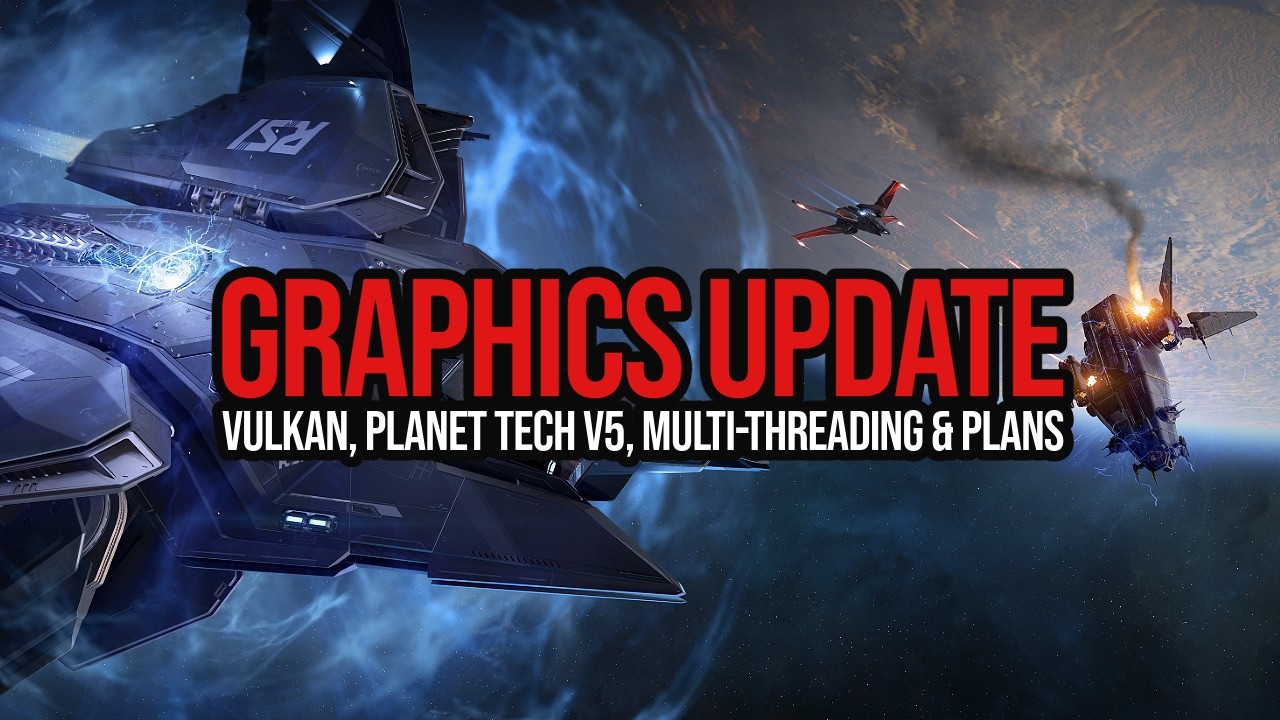In a recent update, Ali Brown, senior technical director at Cloud Imperium Games, discussed the ongoing integration of Vulkan, enhancements in planet technology, and future graphics features for Star Citizen, emphasizing the focus on stability and quality of life improvements. He also highlighted advancements in ray tracing, dynamic damage systems, and the planned inclusion of realistic wounds and gore, while assuring the community that new features will be introduced without compromising the player experience.
In a recent update about the graphics development for Star Citizen, Ali Brown, the senior technical director at Cloud Imperium Games, addressed a plethora of questions regarding the integration of Vulkan, enhancements in planet technology, and future graphic features. The discussion stemmed from a thread on the Spectrum forums, where players inquired about updates related to Vulkan HDR support. Ali emphasized that the current focus for the graphics team has been on stability and quality of life improvements, particularly following the implementation of server meshing, which has significantly impacted the game’s performance.
Ali explained that while the Squadron 42 team has been testing Vulkan and its associated features, including HDR and multi-threaded rendering, the full integration into Star Citizen is still pending. The graphics team has not taken a complete drop of the engine recently due to concerns about potential instability and the risk of delaying important updates. They aim to introduce new features without compromising the player experience, and Ali mentioned that individual changes are continuously integrated into Star Citizen as long as they are sufficiently decoupled and tested.
The discussion also touched on the complexities of integrating Vulkan changes, as they are intertwined with various other parts of the codebase. Ali noted that while they have made significant improvements in performance and stability for Vulkan, the integration process is carefully managed to avoid introducing new issues. He mentioned that a preview channel for Vulkan is being considered, but it would require considerable time and resources, which could delay other critical updates.
In terms of specific graphics advancements, Ali highlighted ongoing work in ray tracing technologies, including ray-traced global illumination and reflections, as well as character decals for dynamic damage systems. The team is also focusing on improving video memory management and damage map compression to enhance overall performance. Ali assured the community that realistic wounds and gore are planned, with options for players to opt out of these features if desired.
Overall, Ali’s responses provided a wealth of information regarding the graphics team’s current projects and future plans. He acknowledged the frustrations that players may feel about the pace of updates but emphasized the importance of ensuring a stable and enjoyable gaming experience. The video concluded with a call for community feedback and engagement, alongside a mention of a giveaway and promotional offers for viewers.
